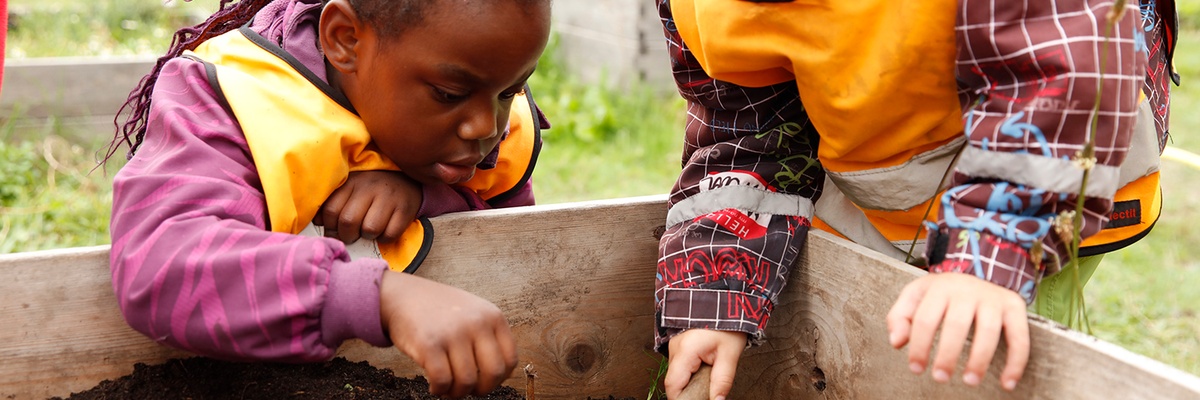
"Using a mix of practical work, creativity and play, we at Botildenborg can help you to create a useful growing space that can provide you with food and also function as a form of a green classroom and play space. We're looking forward to helping you get started! - Cornelia Altgård, Botildenborg" - Cornelia Altgård, Botildenborg

The garden, depending on size, will need a minimum of 8-16 hours a week, this can include sessions when the children help with the work. Time for planning and preparation will need a minimum 10-20 hours per term.
The first step is to think about your plan for a school garden. You might want to involve other teachers and students in this part of the process. Some important questions to think through:
The Botildenborg team are happy to give you a virtual tour of their garden to give you some inspiration. One of the steps in your 30 Day Challenge is to arrange a call with Cornelia, she will talk you through how to begin thinking about the plan for your garden and also how to start recruiting members for your garden.
Find land! Where will you grow the food? Is there a space on school grounds or at a local nursery/Fritids. You also may want to ask your local municipality what land they have to offer?
It will be most convenient if the space is on school grounds or very near your school so that it is easily accessible to the school community. If relevant and depending on the garden location, you may need to think about how you will secure the site and make it safe for kids groups e.g do you need a fence etc?
Let the wider school community know about the project. This way, you can ask for donations such as tools, plants etc. A nice way to kick it off is to invite everyone who will be involved for a small opening session to inaugurate the garden. You can give it a name and make nice signs. Having the children involved as much as possible at this point will also be good - ask them what what ideas they have and what they would like to grow?
Gather all the stuff you need! Buy the materials you need. Hopefully you will have already received some of this as donations and you'll have everything you need to create the garden. This can be done with our without the kids. Depending on what type of garden you are creating this process might look different.
Here's a reminder of the stuff you will need and the estimated cost of the items
Some of these items will vary depending on whether you are planting straight in the ground or in raised beds / Annuals or perennials etc.
Get going and start planting, do a schedule for the garden, when are children there and what other maintenance is needed? Make sure there are regular visits and that the spaces is tended to.
The Botildenborg team will also guide you through the different elements of the food growing, the cooking as well as other ideas for the garden and how best to integrate it into the school day.